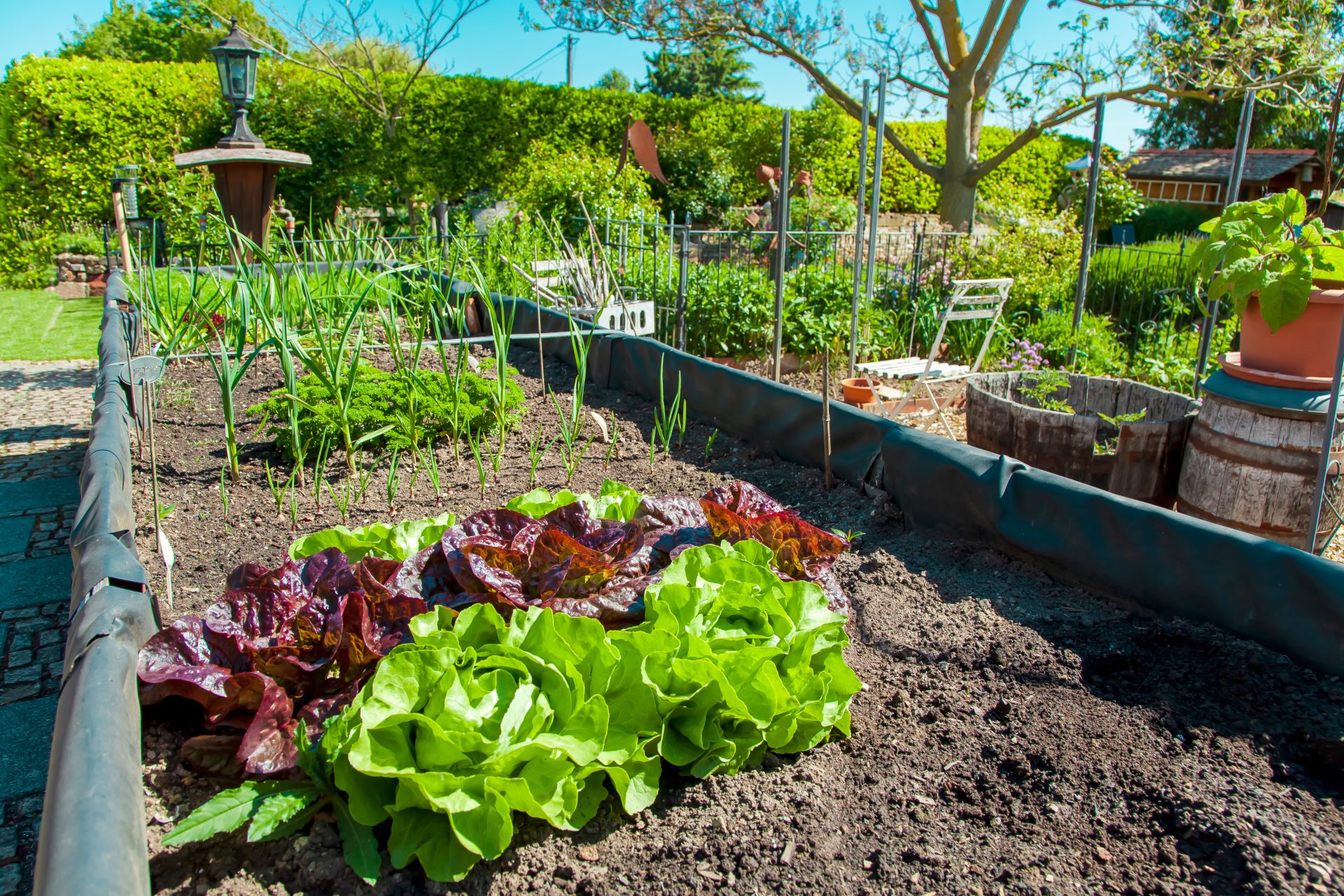By Karen Cohen
Come Together
The daffodils are here, scores of them, gathered in bunches around our front yard. A few years ago, I started planting dozens of bulbs here and there in our woods, too. And I will continue that hobby. Every year 50 daffodil bulbs go in the ground in patches where the sun shines all day long. Early spring sure looks bright and cheery with those bold dashes of yellow in an otherwise dreary, brown setting.
Of course we take them by the bucket full into our house for decoration on tables and window sills, even in the bathroom! I also cut off lots of early, yet to fully bloom, forsythia branches and force them to bloom inside. It’s easy enough, just place a bunch in water and voila, instant bloom in just a few days. Another quick fix for the winter blues.
Trays of seedlings are kept warm at night on heating pads and then are brought out into the warm sunshine during the days when temps are 55 degrees or above. That’s how you “harden off” a new plant which is the way to have them adjust slowly to bright sunshine and warmer air outside. A light breeze blowing across little seedlings also strengthens up their root system as they sway gently back and forth. Wind will dry out soil faster than usual, so always check your soil moisture in pots and seedling trays, inside or outside. I use a spritzer bottle of water to lightly mist the soil, not the plant itself.
Growing fast are tomato and eggplant seeds alongside kale and cabbage seedlings. The cold hardy veggies like the kale and cabbage are ready to pop into prepared garden beds. Lots of rotted compost and manure was dumped months ago throughout our garden. Nutrients slowly leach into the ground and by the time the plants are ready to sink into it, the additives will mellow out and not burn them.
I joined the nonprofit Seed Savers Exchange this year and was thrilled to find their catalog filled with hundreds of heirloom seeds, open pollinated, untreated, non-hybrid, non-GMO seeds. These are the only kind of seeds I sow and my choice is deliberate. Browsing through the catalog, I find the descriptions of seeds most fascinating, such as a “lustrous tiny red pepper,” originally collected by none other than Thomas Jefferson in 1812. There’s a drought resistant sweet corn seed called Stowell’s Evergreen which was introduced in the mid 1800’s by Nathaniel Newman Stowell of Pennsylvania. If you have ever wondered where your seeds come from-this is the “go to” source for tracing back seeds to former generations of avid growers.
Saving seeds is important. Planting those saved seeds is even more important. It’s called growing out the seed. That is the way to keep the seed “alive” and thriving, to be able to be saved and perhaps swapped. We don’t need big seed commercial companies to do that for us. They often have additives and GMOs spliced into their seeds. By owning the patents on their own seeds, it means that you as a consumer cannot trade them. You cannot because you are not the owner, the seed company is. Many hybridized seeds are sterile and will not produce seeds anyway, so again, you are forced to go back to the company to buy the seeds year after year. That may work for some folks, but I got off that bandwagon decades ago. I love the idea of keeping old time seeds in the hands and in the land of simple gardeners and farmers. Don’t you?
Seed exchanges and seed libraries have sprung up over the years in local neighborhoods and country libraries, some are in West Virginia. It’s a fun community project for gardeners who enjoy harvesting seeds from their plants and not just the vegetables to eat. This ensures that the following year you can reap what you sow.
People who want to trade seeds will have their first seed and plant swap on April 23 in Lewisburg, WV. You can participate by potting up things already growing in your garden, too, such as rhubarb plants, oregano and catnip roots, yarrow stock, divided irises and peonies. Curious gardeners who have not yet attempted to save or swap their own seed can learn how easy it is to do from year to year. Testing the viability of seeds is a valuable lesson for beginners. Some seed companies donate loads of expired seed packets for the purpose of swapping since seeds can last many years.
When I think of growing maybe six tomato plants each year, do I really need a whole pack of seeds? The answer is no and the solution is to exchange them with other gardeners who are in the same boat! What a perfect way to celebrate Earth Day weekend and meet like-minded home growers, too. Come together with hands open for giving and receiving.
(Karen Cohen is an organic gardener and organizer for the first annual seed/plant swap. Send your comments, tips, and email for more info to natureswaykaren@gmail.com And Happy Growing!)



